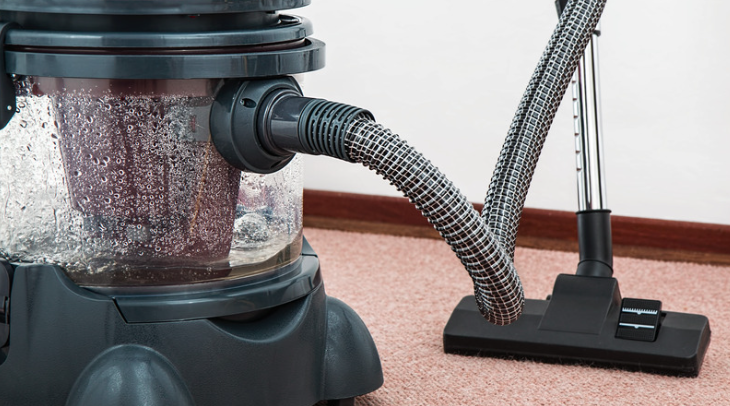When it comes to using a vacuum cleaner, one common question that often arises is, “How many watts does a vacuum use?” Understanding the power consumption of a vacuum can be helpful in assessing its efficiency and energy usage. So, let’s delve into this topic and find out just how much power your trusty cleaning tool requires.
The wattage of a vacuum cleaner largely depends on various factors, such as the type of vacuum, its motor capacity, and any additional features it may have. Generally, most household vacuums range from 600 to 2000 watts. However, it’s important to note that higher wattage doesn’t necessarily equate to better cleaning performance. Efficiency plays a significant role too.
While some may think that using a high-wattage vacuum will always provide superior results, it’s essential to consider other aspects like suction power and filtration capabilities. Manufacturers are continually developing innovative technologies that allow for effective cleaning while minimizing energy consumption.
So next time you’re in the market for a new vacuum or simply curious about your current one, remember that wattage is just one piece of the puzzle when determining its effectiveness. Keep an eye out for additional features and consider factors like suction power and overall performance as well.
Contents

Table of Contents
ToggleHow Many Watts Does a Vacuum Use
When it comes to understanding the power consumption of vacuum cleaners, there are a few key factors to consider. Let’s delve into these factors and gain a better understanding of how many watts a vacuum uses.
Different Power Ratings for Different Vacuums
Vacuum cleaners come in various types, such as upright, canister, stick, or robotic vacuums. Each type has its own power rating, typically measured in watts. The power rating indicates the amount of electrical energy consumed by the vacuum cleaner during operation.
The Relationship between Power and Performance
It’s important to note that higher wattage doesn’t necessarily equate to better cleaning performance. While more powerful vacuums may have stronger suction capabilities, other factors like brush design and filtration systems also play significant roles in determining overall cleaning efficiency.
Energy-Efficient Vacuums
In recent years, manufacturers have made significant strides in developing energy-efficient vacuum cleaners. These models are designed to consume less electricity while still providing effective cleaning results. Look for vacuums with energy-saving features such as variable speed settings or automatic power adjustments based on surface type.
Comparing Power Consumption
To give you an idea of power consumption among different types of vacuums, here’s a brief comparison:
Vacuum Type
Average Wattage
Upright
1000-2000W
Canister
800-1400W
Stick
600-1500W
Robotic
20-40W
Keep in mind that these figures are approximate averages and can vary depending on specific models and brands.
Factors Affecting Power Consumption
Several factors influence how much electricity a vacuum cleaner uses during operation. These include:
- Suction setting: Higher suction levels generally require more power.
- Accessories: Using attachments like brush rolls or powered nozzles may increase power consumption.
- Carpet thickness: Thick carpets may require more power to clean effectively compared to bare floors.
Understanding the power consumption of vacuum cleaners can help you make informed decisions when purchasing a new vacuum. Consider your cleaning needs, budget, and energy efficiency preferences to find the right balance between performance and power usage. Got it! Apologies for the confusion. Here’s the revised response:

